Fungus in folds of skin. Fungal Infections in Skin Folds: Effective Treatment, Signs, and Prevention Strategies
What are the common symptoms of fungal infections in skin folds. How can you effectively treat and prevent these conditions. What are the risk factors for developing fungal infections in skin folds. How do healthcare professionals diagnose and manage these infections.
Understanding Intertrigo: A Common Skin Fold Condition
Intertrigo is a prevalent skin condition that occurs in areas where skin rubs against skin, particularly in moist and warm environments. This inflammatory rash can affect individuals of all ages but is more common in infants, older adults, and those with compromised immune systems. The condition is characterized by redness, irritation, and sometimes pain or itching in the affected areas.
Common sites for intertrigo include:
- Armpits
- Under and between breasts
- Groin area
- Buttocks
- Between toes
The primary factors contributing to the development of intertrigo are friction between skin surfaces, moisture accumulation, and increased temperature in skin folds. These conditions create an ideal environment for the growth of microorganisms, which can exacerbate the condition and lead to secondary infections.

Identifying the Signs and Symptoms of Fungal Infections in Skin Folds
Recognizing the signs of fungal infections in skin folds is crucial for early intervention and effective treatment. The initial presentation of intertrigo typically includes:
- Redness or small bumps in skin fold areas
- Itching or discomfort
- Burning or prickling sensation
- Pain in severe cases
As the condition progresses, the affected skin may become increasingly inflamed and raw. In some cases, the skin may crack, bleed, or develop a crusty appearance. When secondary infections occur, additional symptoms may manifest, including:
- Increased inflammation
- Unpleasant odor
- Asymmetrical presentation (particularly with bacterial or fungal infections)
Can intertrigo affect multiple areas simultaneously? Yes, it’s possible for intertrigo to occur in several skin fold areas at once. Smaller regions, such as behind the ears, around the chin, or on the eyelids, may also be affected.
The Role of Microorganisms in Skin Fold Infections
While intertrigo begins as an inflammatory condition, the warm and moist environment in skin folds provides an ideal breeding ground for various microorganisms. These organisms can worsen the existing rash and lead to secondary infections. The most common types of microorganisms associated with intertrigo include:
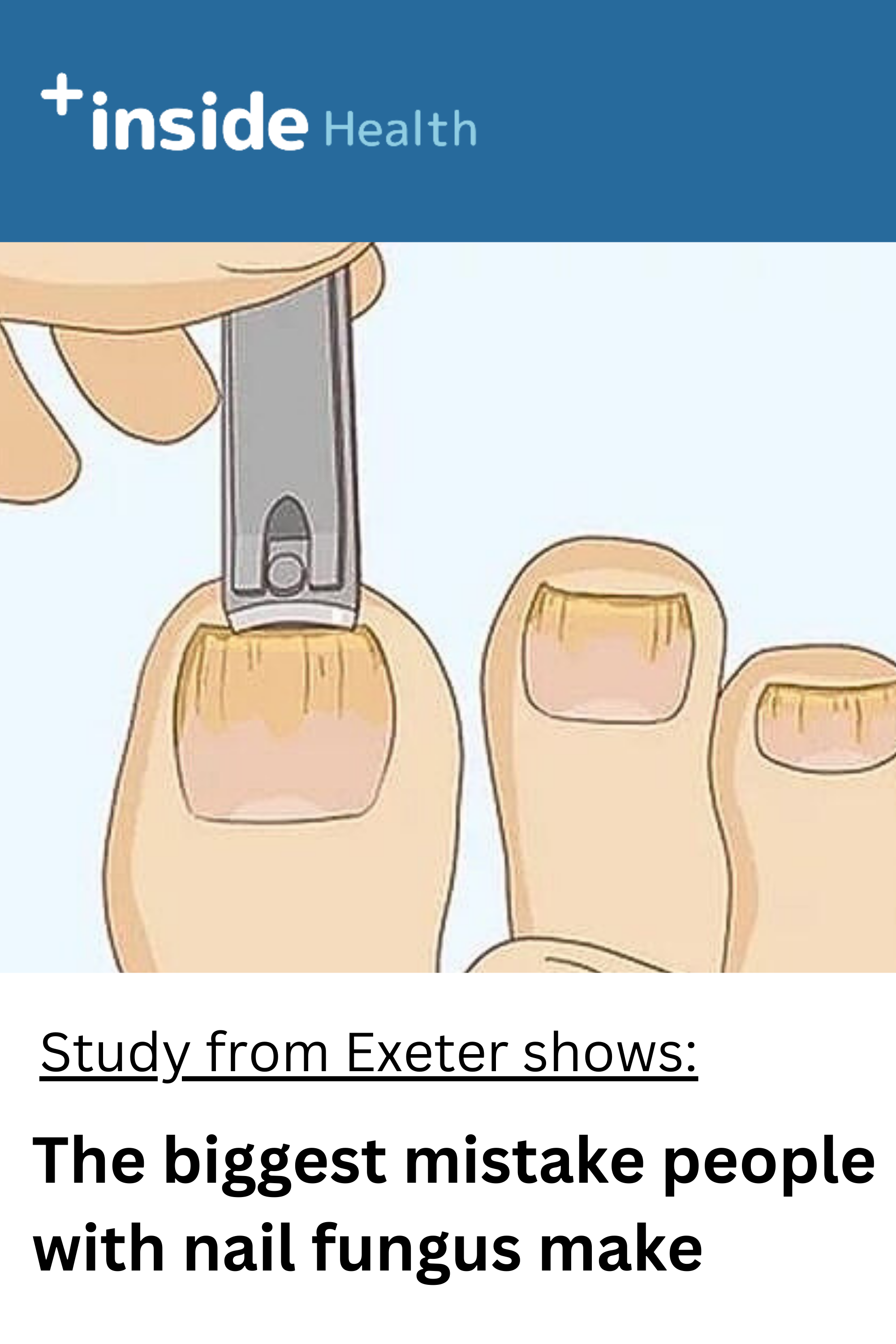
Fungi
Candida species, particularly Candida albicans, are the most prevalent fungal organisms associated with intertrigo. These yeasts are responsible for 80-90% of all skin yeast infections. A Candida-related rash typically appears bright red and raw, often with raised, scaly lesions or small pimple-like bumps.
Bacteria
Several bacterial species can contribute to intertrigo infections, including:
- Staphylococci
- Streptococci
- Pseudomonas
- Corynebacterium
Viruses
Although less common, viral infections can also occur in conjunction with intertrigo. The most frequently associated virus families are:
- Poxviridae
- Papillomaviridae (human papillomavirus or HPV)
- Picornaviridae
- Retroviridae (HIV)
- Herpesviridae
- Togaviridae
- Parvoviridae
Risk Factors and Predisposing Conditions for Fungal Infections in Skin Folds
While anyone can develop intertrigo and associated fungal infections, certain factors increase the risk. These include:
- Obesity: Excess body weight creates more skin folds and increases moisture retention.
- Diabetes: Elevated blood sugar levels can promote fungal growth.
- Weakened immune system: Conditions like HIV or chemotherapy treatments can make individuals more susceptible to infections.
- Age: Very young children and older adults are at higher risk.
- Immobility: Prolonged bed rest or limited movement can lead to persistent skin-to-skin contact.
- Incontinence: Constant exposure to moisture increases the risk of skin irritation and infection.
- Hot and humid weather: These conditions promote sweating and moisture accumulation in skin folds.
Are there any medical conditions that predispose individuals to intertrigo? Yes, certain medical conditions can increase the likelihood of developing intertrigo. These include hyperhidrosis (excessive sweating), hypothyroidism, and Down syndrome.

Effective Treatment Strategies for Fungal Infections in Skin Folds
The treatment approach for fungal infections in skin folds depends on the severity of the condition and the presence of secondary infections. In many cases, a combination of topical treatments and proper hygiene practices can effectively manage the condition.
Non-Infectious Intertrigo
For cases of intertrigo without secondary infections, treatment primarily focuses on keeping the affected area clean and dry. Some recommended interventions include:
- Antiperspirants to reduce moisture
- Triple paste containing zinc oxide, aluminum acetate, and petrolatum
- Petroleum jelly to create a protective barrier
- Talcum powder to absorb excess moisture
Infected Intertrigo
When secondary infections are present, additional treatments may be necessary:
- Antifungal creams or powders for yeast infections
- Topical or oral antibiotics for bacterial infections
- Antiviral medications for viral infections
In severe cases or when conservative treatments fail, healthcare providers may consider more aggressive interventions. How do doctors determine the appropriate treatment for intertrigo? Doctors typically base their treatment decisions on the severity of symptoms, the presence of secondary infections, and the results of any diagnostic tests, such as skin cultures or biopsies.
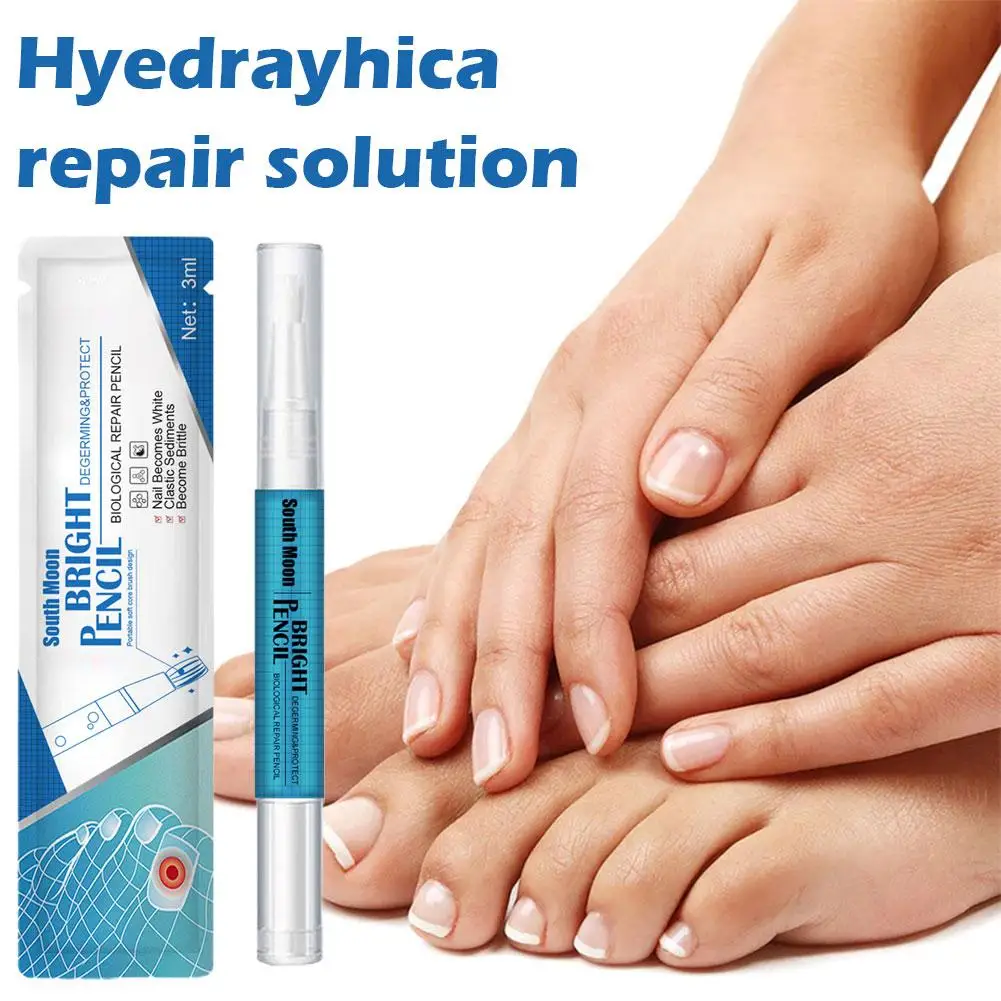
Prevention Strategies and Home Remedies for Fungal Infections in Skin Folds
Preventing fungal infections in skin folds is often more manageable than treating established infections. Here are some effective strategies to reduce the risk of intertrigo and associated fungal infections:
- Maintain good hygiene: Wash affected areas daily with mild soap and water, then dry thoroughly.
- Keep skin folds dry: Use absorbent powders or antiperspirants to reduce moisture.
- Wear breathable clothing: Choose loose-fitting, moisture-wicking fabrics to promote air circulation.
- Maintain a healthy weight: Reducing excess body weight can minimize skin folds and friction.
- Control underlying conditions: Manage diabetes and other predisposing conditions effectively.
- Use barrier creams: Apply protective creams or ointments to prone areas.
- Change out of wet clothes promptly: After swimming or exercising, change into dry clothing as soon as possible.
Can dietary changes help prevent fungal infections in skin folds? While there’s no direct evidence linking diet to intertrigo prevention, maintaining a balanced diet that supports overall skin health and immune function may be beneficial. Some individuals find that reducing sugar intake helps manage yeast overgrowth.

When to Seek Professional Medical Care for Skin Fold Infections
While many cases of intertrigo can be managed at home, certain situations warrant professional medical attention. Consult a healthcare provider if:
- Symptoms persist or worsen despite home treatment
- The affected area becomes increasingly painful or swollen
- You develop a fever or feel generally unwell
- The rash spreads to new areas or becomes more extensive
- You have diabetes or a weakened immune system
- You notice an unusual odor or discharge from the affected area
How do healthcare professionals diagnose fungal infections in skin folds? Diagnosis typically involves a physical examination and assessment of symptoms. In some cases, doctors may perform skin scrapings or cultures to identify specific pathogens and guide treatment decisions.
Long-Term Management and Quality of Life Considerations
For individuals prone to recurrent intertrigo or chronic fungal infections in skin folds, long-term management strategies are crucial. These may include:
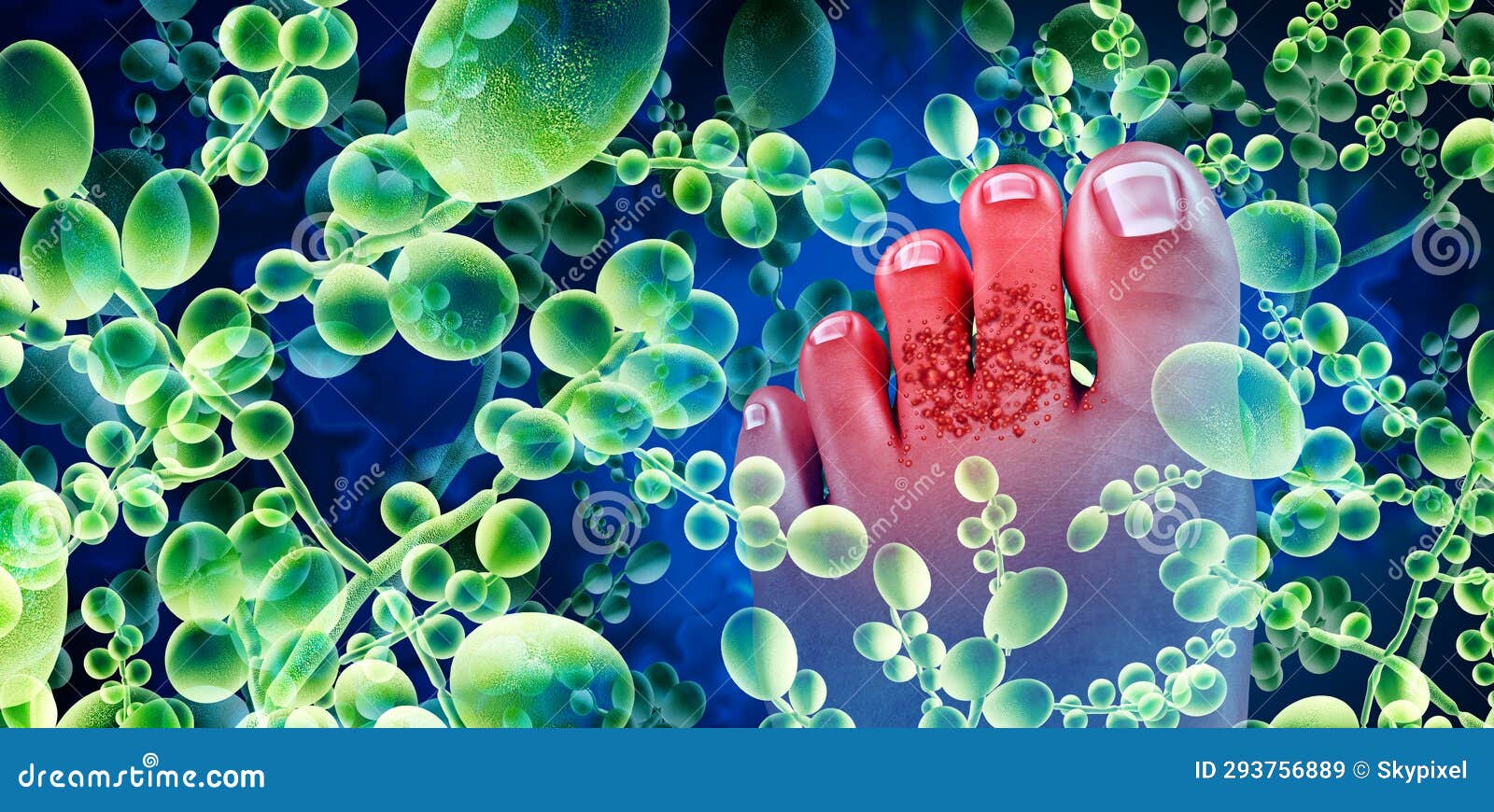
- Regular use of preventive measures, such as barrier creams or powders
- Lifestyle modifications to reduce risk factors
- Ongoing monitoring and prompt treatment of any recurrences
- Consultation with a dermatologist for personalized management plans
In rare cases, individuals with severe, chronic intertrigo may consider surgical interventions. For example, some women with persistent infections under the breasts have undergone breast reduction surgery to alleviate the condition.
Can intertrigo have a significant impact on quality of life? Yes, chronic or recurrent intertrigo can affect an individual’s comfort, self-esteem, and daily activities. It’s important to address both the physical and emotional aspects of the condition through comprehensive care and support.
By understanding the causes, symptoms, and management strategies for fungal infections in skin folds, individuals can take proactive steps to prevent and treat these conditions effectively. Regular monitoring, good hygiene practices, and prompt intervention when needed can help maintain healthy skin and improve overall quality of life.

Treatment, Signs, Pictures, and Prevention
Intertrigo is a skin condition that can occur anywhere on the body where skin touches skin. Medical treatment and at home prevention can help clear the rash and reduce irritation.
Skin conditions commonly affect the folds of the skin, especially when the skin is wet or sweaty. This can lead to irritation, inflammation, and even infection. Intertrigo, a common skin condition that can occur in the folds of the skin, is characterized by red, inflamed skin that may be itchy or painful.
The good news? With some know-how, you can often treat it at home and prevent it from returning. Here’s how to spot an intertrigo rash and what you can do about it at home and with a doctor’s help.
Intertrigo is a reddish rash that appears in skin folds, where your skin surfaces rub against each other. The rash can be itchy or painful, but it’s not contagious.
Bacteria, fungus, and viruses can easily grow in this warm and moist environment and worsen the rash.
The skin areas most often affected include your:
- armpits
- underneath and between breasts
- groin
- buttocks
- between toes
Friction from skin rubbing on skin, moisture, and higher temperature in flexural areas are the main factors in the development of intertrigo.
These areas are often moist, warm, and lack air exposure. This makes them perfect breeding areas for microorganisms. These bacteria or fungi worsen the rash and its symptoms.
Secondary intertrigo infections could include:
Fungi
Candida (a yeast) is the fungus group that’s most commonly associated with intertrigo. About 80% to 90% of all skin yeast infections are caused by Candida albicans (also called thrush).
Most people normally have some Candida albicans present on their skin, so the yeast can easily take advantage of skin breaks to proliferate. A Candida rash is very bright red and raw looking. It may have plaques, which are raised, scaly lesions. Papules and pustules (pimple-like bumps) may be present as well.
It may have plaques, which are raised, scaly lesions. Papules and pustules (pimple-like bumps) may be present as well.
Bacteria
Bacteria associated with intertrigo include:
- staphylococci
- streptococci
- Pseudomonas
- Corynebacterium
Viruses
The most common virus families associated with intertrigo are:
- Poxviridae
- Papillomaviridae (human papilloma virus or HPV)
- Picornaviridae
- Retroviridae (HIV)
- Herpesviridae
- Togaviridae
- Parvoviridae
In some cases, intertrigo occurs as a side effect of chemotherapy treatment.
Intertrigo starts as redness or small bumps or spots in skin folds. The rash can feel:
- itchy
- uncomfortable
- burning
- prickly
- painful
The intertrigo often appears on both sides of the skin fold, almost like a mirror image. Infections are more likely to be unilateral and asymmetrical, while inflammatory disorders tend to be symmetrical, appearing, for example, under both arms or both breasts.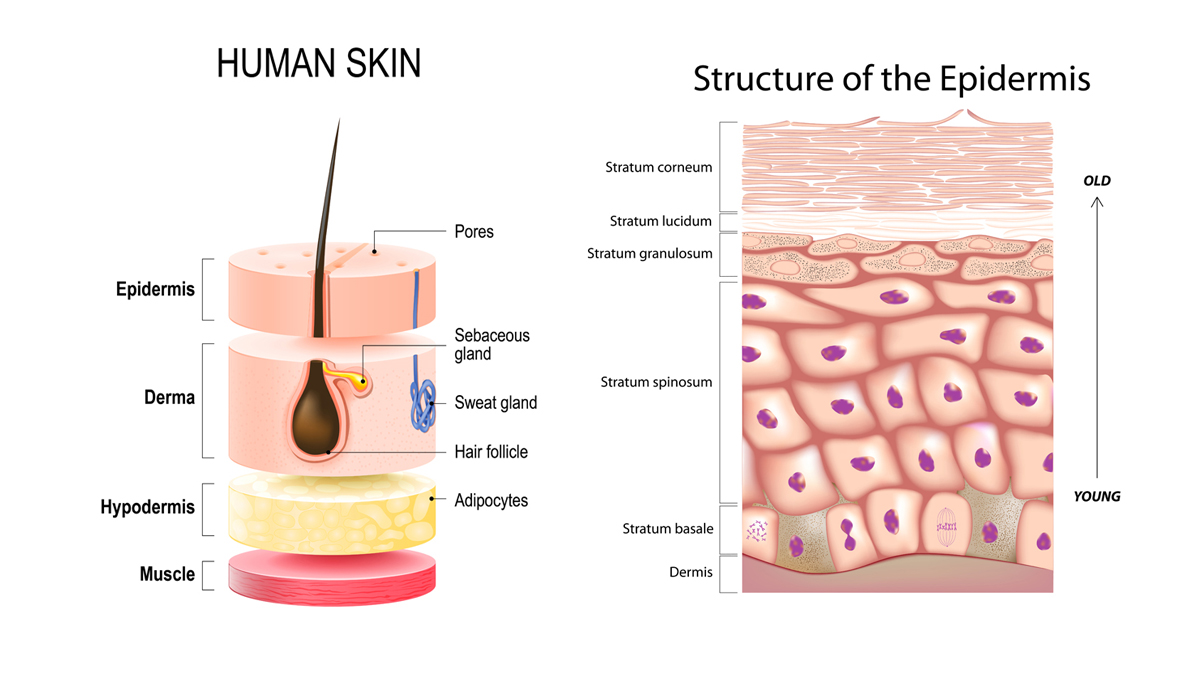
The reddish area can quickly become inflamed and raw. The skin may crack, bleed, ooze, and crust over. The surrounding area may become scaly.
If you have a secondary infection from bacteria, fungus, or a virus, the intertrigo becomes more inflamed and can develop a bad smell. Intertrigo with a secondary infection is often asymmetrical (not even or present on both sides).
You may have intertrigo in more than one skin area. Also, smaller skin fold areas, such as behind your ears, around your chin, or on your eyelids, can be affected.
Intertrigo symptoms often get worse when the area comes in contact with your bodily secretions, such as sweat, urine, or feces.
Intertrigo is common and can occur at any age, but according to a 2014 article, it’s more common in the very young and in older people. In babies, intertrigo most often appears as diaper rash.
People with a weakened immune system or who are incontinent or immobile are more likely to have intertrigo. It’s also more common in hot and humid weather.
It’s also more common in hot and humid weather.
Treatment for intertrigo is usually a skin cream and a good home hygiene regimen to keep the area clean and dry. The type of topical drug depends on whether bacteria or yeast are involved. In more severe cases, you may need to take oral medication.
When intertrigo is inflammatory only, with no infection, treatment is straightforward: Keep the area clean and dry and follow some of the home remedy suggestions below.
There are also several solutions that may help to control intertrigo. A doctor may suggest:
- antiperspirants
- triple paste with zinc oxide, aluminum acetate, and petrolatum
- petroleum jelly (Vaseline)
- talcum powder
If you have an infection with the intertrigo, the doctor will prescribe specific topical creams.
Your treatment for intertrigo will depend on the cause and the type of infection you have. We’ll go over bacterial and yeast infections below.
In extreme cases, some women have undergone breast reduction surgery to reduce chronic intertrigo.
Keep it clean and dry
The number one rule is to keep the area clean and dry.
If you exercise, shower afterward and pat yourself dry. Don’t rub your skin, as this can cause increased irritation and damage to the skin.
Use anti-chafing or barrier gels
If the intertrigo is inflammatory only, without an infection, use over-the-counter (OTC) creams to create a barrier between the skin folds. Creams or ointments with zinc oxide or petrolatum can be useful. There are also anti-chafing balms that come in stick form.
Block the sweat
Use a mild antiperspirant to stop sweating, including under your breasts.
OTC antifungal creams
If you have a fungal infection, try using use an OTC antifungal cream on the affected area for 2 to 4 weeks.
Create a physical barrier
Depending on the affected area, use a thin cotton or gauze barrier to separate the skin folds.
Wear loose clothing and breathable fabrics
Wear loose cotton clothing next to your skin and avoid synthetic materials that can be irritating.
Topical antifungals used for intertrigo are nystatin (for Candida) and azole drugs, including miconazole (Mitrazol), ketoconazole (Nizoral topical), or clotrimazole (Lotrimin AF cream).
You usually use the cream twice a day for 2 to 4 weeks.
If your rash is very itchy, the doctor may also prescribe an antifungal combined with a low dose corticosteroid.
Depending on the severity of the infection, a doctor may prescribe a systemic antifungal drug that you’d take by mouth.
Topical antibiotics are used for bacterial infections. These include bacitracin or mupirocin (Bactroban).
If the infection is more severe, the doctor may prescribe an oral antibiotic, such as flucloxacillin or erythromycin (Erythrocin).
The doctor may also prescribe a low potency corticosteroid and advise you to use an antibiotic soap.
Intertrigo in babies requires special care because the affected skin area is so delicate. Keep the area clean, wash it gently with mild soap, and pat it dry.
Use an absorbent diaper and wrap it loosely. Consider changing diapers on a schedule to decrease the amount of time your baby is in a wet diaper. OTC creams, such as those with zinc oxide or petrolatum, may be useful.
If the diaper rash looks infected or doesn’t go away in a few days, see a doctor.
If you or your child have a skin rash that doesn’t go away or rapidly gets worse, it’s important to see a doctor. Skin rashes can have many causes and the treatment is often very specific. You should also see a doctor if the rash isn’t getting better with treatment.
Red rashes can have many different causes. The doctor will want to rule out other possibilities, such as psoriasis or allergic reactions.
If they suspect it’s intertrigo and infection, they’ll likely test for a fungal, bacterial, or viral cause. A doctor may take a skin scraping or swab of the rash to send to a lab for a culture. They may also look at it under a microscope or special lamp.
Few scientific studies of intertrigo have measured what preventive care works and what doesn’t.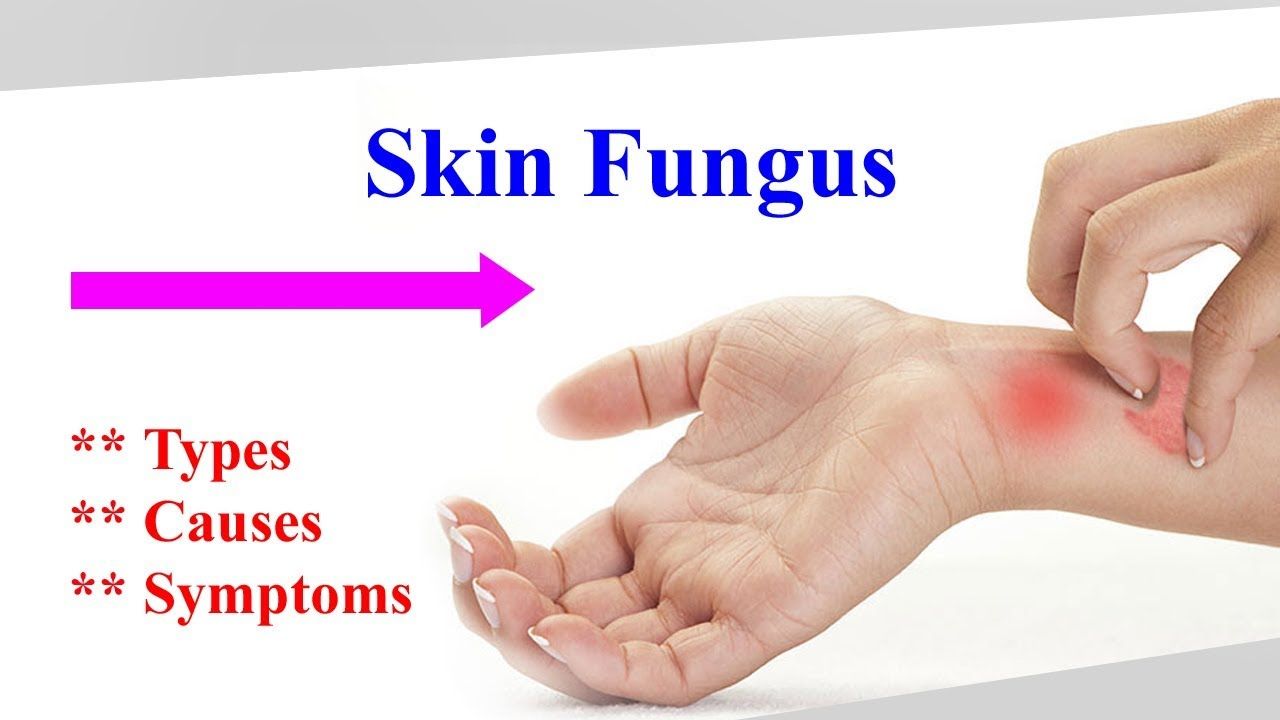 But there are measures you can take that may work for you:
But there are measures you can take that may work for you:
- Keep the skin area clean, dry, and aerated.
- Maintain a skin care routine of cleaning, moisturizing, and applying a skin barrier to protect the area.
- Use fragrance-free soaps and other skin products to minimize irritation.
- Use a powder, such as Zeasorb AF, on the area once or twice a day.
- Minimize exposure to sweat, urine, or feces. If you’re incontinent, use special products to absorb moisture.
- Use a dehumidifier if you live in humid conditions.
- Use an air conditioner to avoid being in high heat.
- If you have diabetes, keep it under control.
- Shower after exercise and dry off completely before dressing.
- Don’t wear tight clothing or shoes that can constrict the affected area. If your toes are affected, wear open-toe shoes.
- Wear loose clothing and breathable fabrics such as cotton.
Intertrigo doesn’t usually cause any complications, but it can lead to more serious infections if it isn’t treated properly.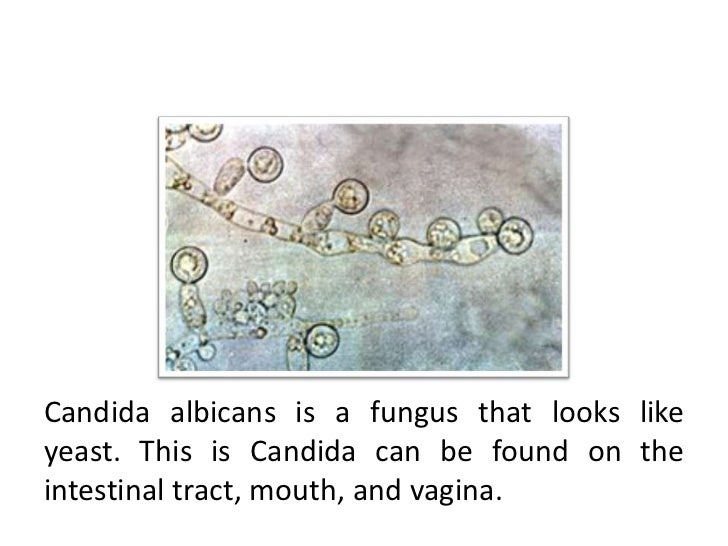
Bacterial intertrigo can lead to cellulitis, which is a skin infection that can spread to the deeper layers of the skin and the lymph nodes. Cellulitis can be serious and may require hospitalization.
Fungal intertrigo can lead to a more serious infection such as candidemia, a condition in which the yeast infection spreads through the bloodstream. Candidemia can be life threatening.
Intertrigo can also worsen other skin conditions such as psoriasis, eczema, and dermatitis.
Anyone can get intertrigo, but some conditions can increase your risk. You’re more at risk if:
- you have a weakened immune system
- you have excess skin
- you have diabetes
- you have poor hygiene habits
- you’re immobile
- you’re incontinent
- you wear a splint, brace, or an artificial limb that rubs your skin
- you live or work in high heat and humidity
- you sweat excessively (hyperhidrosis)
- your clothing or shoes are too tight
- you have an inflammatory skin condition
Infants are also at a higher risk because their skin is more sensitive. They also tend to have skin rolling (like the folds of the neck) and are more likely to have damp skin from drooling and from wearing diapers.
They also tend to have skin rolling (like the folds of the neck) and are more likely to have damp skin from drooling and from wearing diapers.
Below are some frequently asked questions about intertrigo.
Does poor hygiene cause intertrigo?
Poor hygiene can cause or worsen intertrigo, but you can get intertrigo even if you practice good hygiene habits. It’s important to clean the affected area, but you also need to be careful not to irritate the skin.
What does intertrigo look like?
Intertrigo usually looks like a rash. The affected skin is usually red, inflamed, and moist. It can also be scaly, crusted, or have blisters. The rash often has well defined edges where it meets the surrounding skin.
Can tight clothing cause intertrigo?
Tight clothing can rub the skin and cause or worsen intertrigo. It’s best to wear loose fitting, breathable clothing made from natural fabrics, such as cotton.
Can I use over-the-counter (OTC) treatments for intertrigo?
OTC treatments, such as barrier creams and powders, can help treat intertrigo.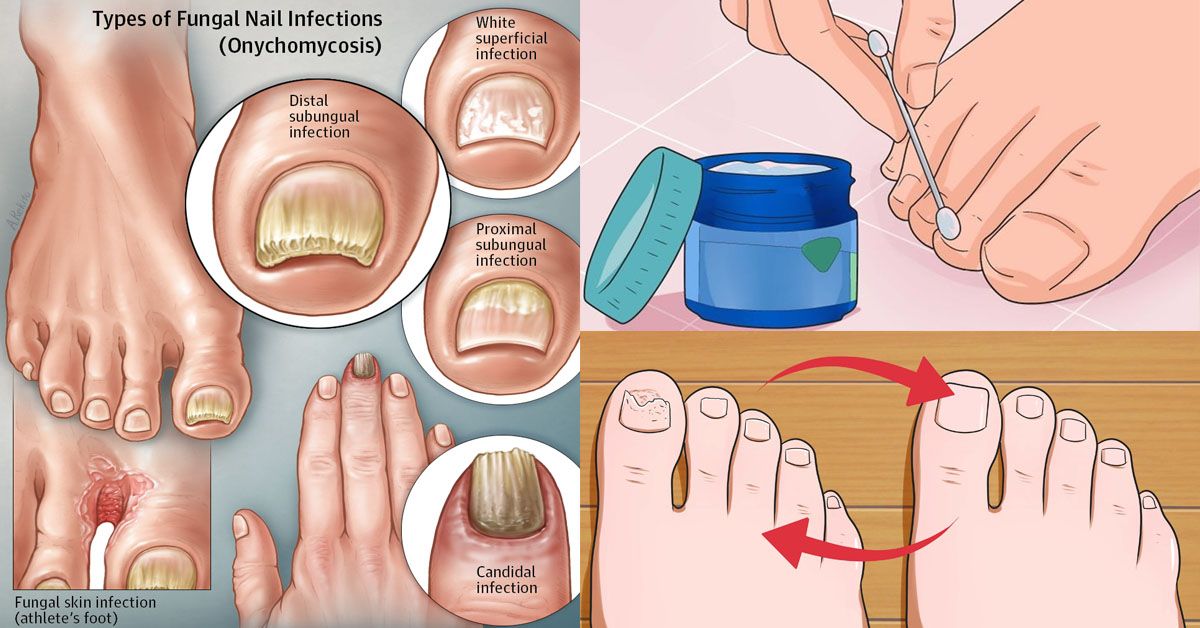 But if the rash doesn’t go away after a week or two, or if it gets worse, you should see a doctor. You should also see a doctor if you have any symptoms of a skin infection, such as redness, swelling, pain, pus, or fever.
But if the rash doesn’t go away after a week or two, or if it gets worse, you should see a doctor. You should also see a doctor if you have any symptoms of a skin infection, such as redness, swelling, pain, pus, or fever.
Intertrigo is a common and treatable condition. People with intertrigo who are otherwise healthy have a good outlook. If a secondary infection is involved, it’s important to treat the cause until the symptoms are gone.
In some cases, intertrigo can become chronic. Maintaining a good skin cleaning and moisturizing routine can help prevent intertrigo from coming back. Talk with a doctor if you have questions about your skin or if the rash doesn’t go away with self-care.
InterDry® – Intertrigo & Skin Fold Management
Additional Skin Care Products
Coloplast Skin Care
Maintain Skin Integrity
Coloplast offers a simplified range of skin care products to help you cleanse, moisturize, protect and restore across the continuum of care.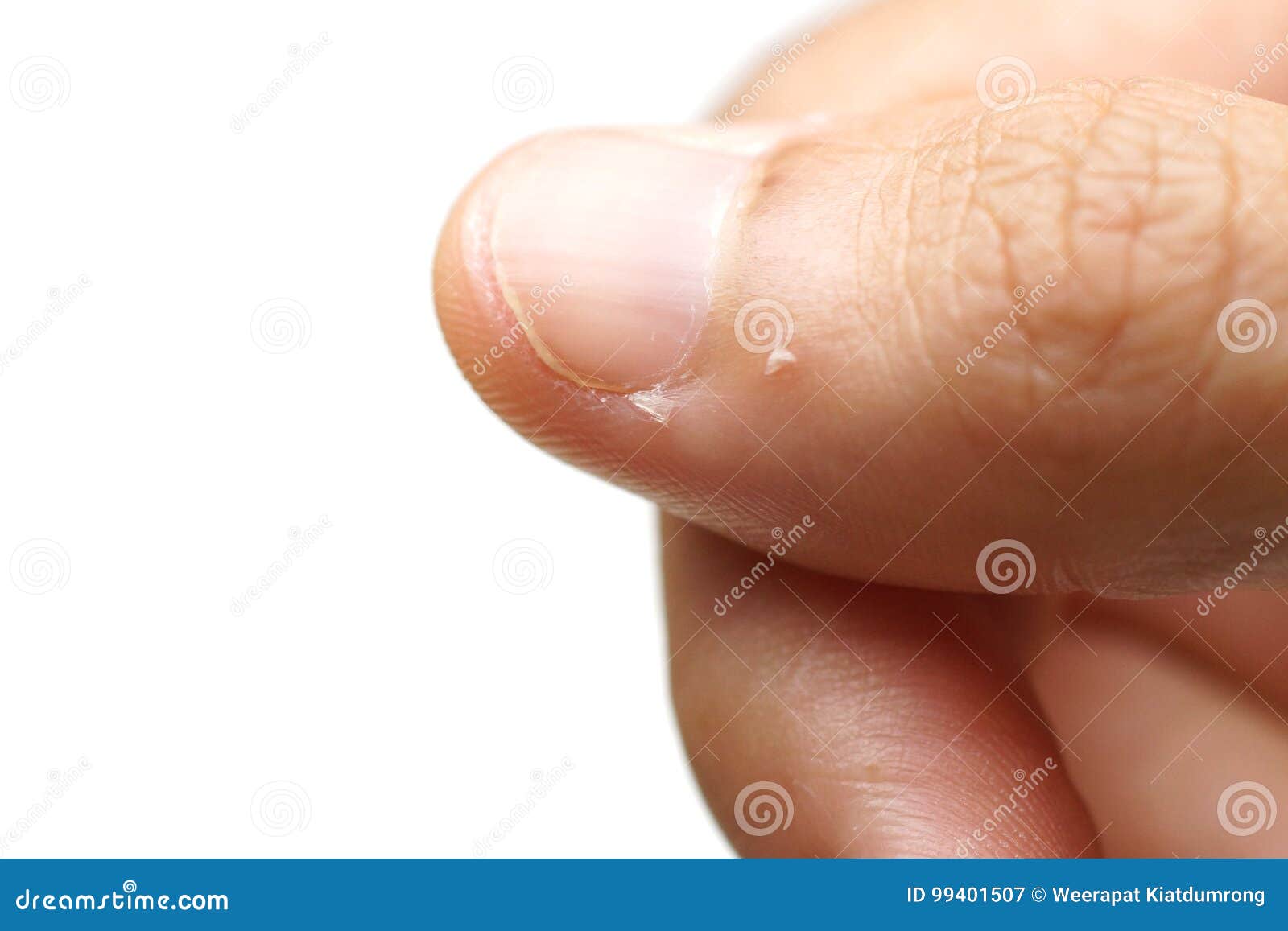
Biatain Silicone | EasiCleanse Bath | InterDry
Coloplast develops products and services that make life easier for people with very personal and private medical conditions. Working closely with the people who use our products, we create solutions that are sensitive to their special needs. We call this intimate healthcare. Our business includes Ostomy Care, Continence Care, Wound and Skin Care and Interventional Urology. We operate globally and employ about 12,500 employees
©2022 Coloplast Corp. All rights reserved. InterDry is a registered trademark of Coloplast Corp.
Cookie Policy – Terms of Use – Privacy Policy – Confirmation of Consent – Limit the use of my sensitive information – Do not sell or share my personal information
Follow Us On:
About Us
1.Sibbald RG, Kelley J, Kennedy-Evans KL, Labrecque C, Waters N. A practical approach to the prevention and management of intertrigo, or moisture-associated skin damage, due to perspiration: expert consensus on best practice. Wound Care Canada – supplement. 2013;11(2):1-21. Accessible at www.woundscanada.ca/docman/public/71-bpr-prevention-management-fall-2013/file.
Wound Care Canada – supplement. 2013;11(2):1-21. Accessible at www.woundscanada.ca/docman/public/71-bpr-prevention-management-fall-2013/file.
2. Brown J, Wimpenny P, Maughan H. Skin problems in people with obesity. Nurs. Stand. 2004;18(35):38-42.
3. Janniger CK, Schwartz RA, Szepietowski JC, Reich A. Intertrigo and common secondary skin infections. Am Fam Physician. 2005;72(5):833-838.
4. O’Dell ML. Skin and wound infections: an overview. Am Fam Physician. 1998;57(10):2424-2432.
5. Haberer P. When ITD hits home: best practice tips for using a moisture-wicking fabric with silver for intertriginous dermatitis. 7th Annual Symposium on Advanced Wound Care, Southeast Region of the WOCN society. September, 2015.
6. Vorbeck, E. Evaluation of a skin fold management textile with antimicrobial silver complex in a variety of case studies. Mayo Health System, Minnesota.
7. Kennedy-Evans KL, Viggiano B, Henn T, Smith D. Multi-site feasibility study using a new textile with silver for management of skin conditions located in skin folds. Poster presented at: 20th Annual Symposium on Advanced Wound Care; April 28 – May 1, 2007; Tampa, FL and 39th WOCN® Society Annual Conference; June 9-13, 2007; Salt Lake City, UT.
Poster presented at: 20th Annual Symposium on Advanced Wound Care; April 28 – May 1, 2007; Tampa, FL and 39th WOCN® Society Annual Conference; June 9-13, 2007; Salt Lake City, UT.
8. Vorbeck, E. Evaluation of a skin fold management textile with antimicrobial silver complex in a variety of case studies. Mayo Health System, Minnesota.
9. Maus E, Baylor D, Benavides S, Kinder L, Fife C, Guilliod R, Hawkins T, Robles M, Smith L, Virtute G. A case series using a polyurethane coated polyester textile impregnated with an antimicrobial silver complex for the management of maceration, odor and redness is skin folds. The experience from a wound healing and lymphedema management clinic. Hermann Center for Wound Healing and Lymphedema Management, University of Texas Health Science Center, Houston, Texas.
10. Hill R. Treating complications associated with skin folds in a bariatric patient. Vancouver Coastal Health, Lions Gate Hospital, British Columbia, CA.
11. Freyberg J, Netsch D, Tessling J. Moisture management challenges for the WOC nurse. Presented at the 39th WOCN® Society Annual Conference, June 2007. Presented at the 22nd Annual Clinical Symposium on Advances in Skin and Wound Care, October 2007.
Moisture management challenges for the WOC nurse. Presented at the 39th WOCN® Society Annual Conference, June 2007. Presented at the 22nd Annual Clinical Symposium on Advances in Skin and Wound Care, October 2007.
12. Product Evaluation InterDry Canada 2w016. Doc. No. VV-020577, Version 1.0.
13. Metin A, Dilek N, Bilgili SG. Recurrent candidial intertrigo: challenges and solutions. Clin Cosmet Investig Dermatol. 2018;11:175-85.
14. Tessling J, Freyberg J, Netsch D. Moisture management challenges to the WOC nurse. J Wound Ostomy Continence Nurs Supplement. 2007;34(3S):S54.
15. Honig PJ, Frieden IJ, Kim HJ, Yan AC. Streptococcal intertrigo: an underrecognized condition in children. Pediatrics. 2003;112(6 Pt 1):1427 -1429.
16. Loomis, M, US Incidence and Prevalence of Skin Fold Complications, Coloplast Corp, Internal Analysis, Data on File. January 2017
how to get rid and how to treat skin fungus?
Mycosis is the second most common skin infection after coccal pyoderma [1], and foot mycosis is the first place not only among all mycoses, but also among any pathologies of the foot [2]. They are caused by a large group of pathogenic fungi. In recent years, there has been an increase in cases of mycoses [3], which is largely due to endogenous factors – an increase in the incidence of people with diabetes mellitus and circulatory pathologies in the distal parts of the upper and lower extremities.
They are caused by a large group of pathogenic fungi. In recent years, there has been an increase in cases of mycoses [3], which is largely due to endogenous factors – an increase in the incidence of people with diabetes mellitus and circulatory pathologies in the distal parts of the upper and lower extremities.
Some patients suffering from skin mycoses consider them an aesthetic or temporary problem and do not even ask themselves how to treat body skin fungus, trying only to mask the external manifestations of the infection under clothes, shoes or foundation. But you should not expect that the fungus will go away on its own: in the absence of proper therapy, mycoses can quickly spread and affect all new tissues and areas of the body, and in addition, a person suffering from a disease poses a serious threat to others, especially to his household. The insidiousness of the fungus is also manifested in the fact that it easily recurs if the therapy has not been brought to a victorious end.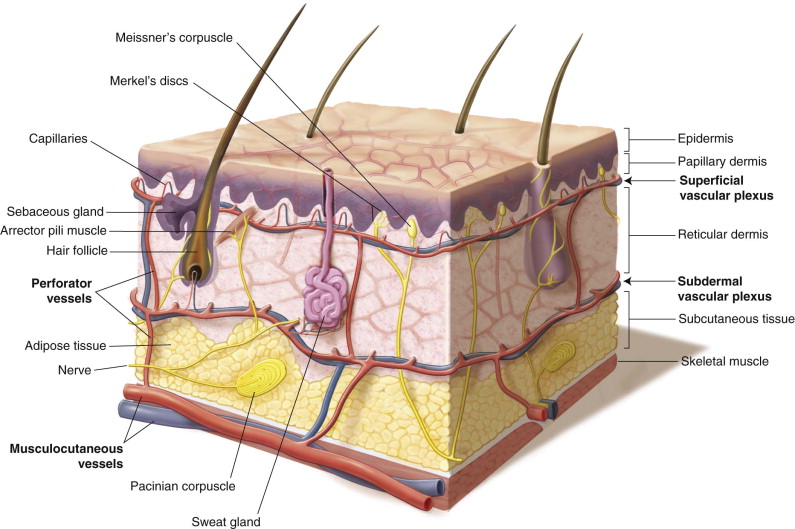
How and how to treat skin fungus and what symptoms indicate its presence, we will tell in the article.
Fungal infections vary, but the main causative agents of the disease are dermatophytes, yeasts and molds. In Russia, the classification of mycoses by N. D. Sheklakov (1976) is more often used [4]. According to this system, which takes into account the depth of penetration and localization of the infection, the following are distinguished:
- Keratomycosis – affects only the superficial stratum corneum of the epidermis and the hair cuticle.
- Dermatomycosis – deeply affects the skin and its appendages – nails and hair, but does not affect the subcutaneous tissue (the largest group, which includes onychomycosis and mycosis of the feet).
- Candidiasis – in addition to the above, it can affect the mucous membranes and internal organs (caused by yeast-like fungi of the genus Candida).
- Deep mycoses – systemic mycoses that can infect the subcutaneous tissue, lymph nodes, ENT organs, lungs, gastrointestinal tract, brain and central nervous system in general (caused by yeast and yeast-like fungi).

- Pseudomycosis – affects only the stratum corneum, without affecting the nails and hair (caused by the bacterium Corynebacterium minutissimum, which was previously confused with fungi).
The most common types of skin mycoses are dermatophytosis – dermatomycosis caused by fungi from three genera: Trichophyton, Epidermophyton and Microsporum. The vast majority of all lesions of the skin and its appendages within the epidermis occur precisely in trichophytosis, epidermophytosis and microsporia, and most often the disease affects the skin of the feet and nails [5]. How can you get a fungus? A number of factors can contribute to this:
- visits to public baths and saunas, swimming pools and water parks, public beaches, gyms, solariums and manicure / pedicure rooms, massage parlors, since in these places the risk of foot or hand contact with contaminated surfaces is especially high;
- trying on someone else’s shoes or using shared shoes;
- insufficient foot hygiene, especially with excessive sweating;
- long-term wearing of closed shoes that does not allow the foot to “breathe”;
- living with a person who already suffers from a skin fungus;
- Injury to the skin or nail with shoes that are too tight – the fungus enters the body more easily through damaged areas.

A significant factor is the increased humidity and temperature at which the feet are constantly located. It is under such conditions that the fungus develops most actively, so fungal infections are often found either in regions with a subtropical climate, or where people are forced to wear warm shoes for a long time – in regions with a cold climate. The place of primary localization of the fungus in mycosis of the skin of the feet is usually the interdigital folds, but with the progression of the disease, the lesion goes beyond them.
For information
According to the data of the Ministry of Health of Russia for 2010, mycoses of the feet (including onychomycosis) and hands are registered in our country in more than 220 thousand people. Moreover, the highest incidence is observed in the North-Western, Central and Volga Federal Districts, and the lowest – in the North Caucasus, Southern and Far Eastern Federal Districts [6].
However, fungal infections affect not only the skin of the feet, the disease can have almost any localization, including the face. Large folds are often affected, especially the inguinal-femoral, lower legs and buttocks.
Mycoses of the skin have specific symptoms that are quite easy to notice, these are:
- Peeling and dryness is one of the first manifestations of infection. On the affected area, individual scales first appear, caused by rejection of the upper layer of the epidermis. With a deeper penetration of the fungus, active peeling occurs, which only intensifies over time.
- Spots white or red rounded with well defined edges. It is very important not to miss this symptom at the initial stage of the disease, since at this time the spot may be solitary and small in size. Later, new spots appear, which gradually merge with each other.
- Skin thickening . The affected areas become dense, rough and rough, often change color: the skin from pinkish or white becomes yellowish or grayish.

- Appearance of small rashes , blisters filled with liquid.
- Partial hair loss.
- Itching and burning is one of the most common symptoms of skin fungus. It may be present all the time, or it may appear only intermittently. It is important to understand here that itching and burning can be a sign of other skin diseases, such as an allergic one.
Do not ignore the appearance of cracks and calluses on the legs. Although they are not in themselves symptoms of a fungal disease, they allow a fungal infection to enter the body much faster.
How to cure skin fungus
Conventionally, there are two approaches to the fight against skin fungus. One of them is non-drug, in which various means of traditional medicine are used, the second is pharmacological .
The so-called home methods include the use of baths with herbal infusions, the treatment of skin fungus with iodine, a solution of soda or vinegar . .. The effectiveness of such treatment of skin fungus has not been clinically proven. If it can help, it is only at the very early stages of the development of the disease, because most folk remedies cannot penetrate into the deep layers of the epidermis, where a colony of the fungus is usually located. Therefore, with any mycosis, you should not waste time and aggravate the situation, but instead, you need to consult a doctor for diagnosis and adequate therapy.
.. The effectiveness of such treatment of skin fungus has not been clinically proven. If it can help, it is only at the very early stages of the development of the disease, because most folk remedies cannot penetrate into the deep layers of the epidermis, where a colony of the fungus is usually located. Therefore, with any mycosis, you should not waste time and aggravate the situation, but instead, you need to consult a doctor for diagnosis and adequate therapy.
Systemic treatment of skin fungus on the body with drugs in the form of capsules or tablets gives a significant effect. Modern products contain substances that can stop the growth of new spores, block cell division at the DNA / RNA level, and destroy the cell membranes of the fungus. However, systemic antimycotics (they are also fungicidal and fungistatic drugs of systemic action) have many side effects and contraindications, they cannot be taken in conjunction with certain drugs – diabetic, antihistamine, contraceptives. Restrictions on the use of tablet forms are, for example, blood diseases, kidney or liver pathologies. In addition, for the period of treatment it is recommended to follow a strict hypoallergenic diet. All this narrows the possibilities of systemic therapy.
Restrictions on the use of tablet forms are, for example, blood diseases, kidney or liver pathologies. In addition, for the period of treatment it is recommended to follow a strict hypoallergenic diet. All this narrows the possibilities of systemic therapy.
Creams, sprays and solutions – an effective (clinically proven) topical treatment for skin fungus and onychomycosis with few contraindications. It gives a high recovery rate, is used at any stage of fungal infection, and can be used in conjunction with systemic therapy to reduce the dosage of drugs taken orally.
Antimycotic components in the composition of gels, ointments and solutions are mainly allylamines, azoles or pyrimidines, which inhibit the vital activity of the fungus, deprive it of nutrition, stop its development and spread to other areas of the skin. Local therapy with these drugs makes it possible to create high concentrations of the active substance in the skin, on the surface of the nail and in its cavities, which remain for weeks after the completion of treatment. At the same time, it is important that in the process of using external agents, the active substance almost does not enter the systemic circulation, and therefore does not have a negative effect on the body as a whole.
At the same time, it is important that in the process of using external agents, the active substance almost does not enter the systemic circulation, and therefore does not have a negative effect on the body as a whole.
Many topical antifungal drugs have anti-inflammatory and antibacterial effects, soften the skin, eliminate itching and redness, they are easy to apply to the affected surface, and sprays and solutions are convenient to treat even the hairy parts of the body in case of damage. The duration of treatment with external agents and the frequency of their application are determined by the attending physician.
Dermatomycosis is easier to prevent than to treat, but if signs of skin fungus on the body are noticed, treatment should be started immediately. It is important not to start the process and take appropriate measures in time, but you need to start by contacting a specialist. It is the doctor who will tell you how to quickly cure the fungus of the skin. Attempts at homemade treatment in this case can only worsen the situation.
Attempts at homemade treatment in this case can only worsen the situation.
*** The material is not a public offer. Pricing information is for guidance only and is current as of January 2021.
All information relating to health and medicine is provided for informational purposes only and is not a reason for self-diagnosis or self-treatment.
Rubrophytosis
January 7, 2016
Rubrophytosis (syn. rubromycosis) is mycosis of the feet, affecting the skin and nails of the feet, as well as skin folds, skin and nails of the hands.
Once on the skin, it can exist on it for a long time without causing clinical symptoms. They provoke the disease, like all mycoses of the feet, excessive sweating of the legs, endocrine diseases and metabolic disorders, immunological deficiency.
Clinical picture of rubrophytia
The causative agent of rubrophytosis is Trichophyton rubrum. It affects the epidermis, dermis, and sometimes subcutaneous fatty tissue. It can spread not only continuitatem, but also lymphohematogenous way. The source is a sick person. The predisposing factors are the same as in elidermophytosis, as well as a variety of general pathological processes, long-term treatment with antibiotics, corticosteroids and cytostatics, especially in common forms.
It affects the epidermis, dermis, and sometimes subcutaneous fatty tissue. It can spread not only continuitatem, but also lymphohematogenous way. The source is a sick person. The predisposing factors are the same as in elidermophytosis, as well as a variety of general pathological processes, long-term treatment with antibiotics, corticosteroids and cytostatics, especially in common forms.
Mostly adults are affected. The ways of infection are the same with epidermophytosis of the feet. As well as epidermophytosis, rubrophytosis begins with an erased form, gradually progressing. The skin of the soles is noticeably hyperemic and thickened; the surface of the skin becomes dry, covered with floury scales; skin pattern is enhanced. From the soles, the disease spreads to the interdigital folds, fingers, lateral surfaces of the feet, all nails (epidermophytosis usually affects the nails of the 1st and 5th toes).
Damage to the nail plates (nail fungus) occurs in different types: normotrophic type, hypertrophic and onycholytic. A characteristic sign of a change in nails according to the normotrophic type is a change in their color from yellow to white, the appearance of spots and stripes on them. The thickness and structure of the nails remains unchanged; nails retain their shine. With the hypertrophic type, the nails acquire a brownish-gray color, lose their luster, become dull; they thicken and deform, partially collapse, especially on the sides. Sometimes the patient feels pain when walking. The onycholytic type is characterized by a change in color to brownish-gray, tarnishing, atrophy of the nail and its rejection from the bed.
A characteristic sign of a change in nails according to the normotrophic type is a change in their color from yellow to white, the appearance of spots and stripes on them. The thickness and structure of the nails remains unchanged; nails retain their shine. With the hypertrophic type, the nails acquire a brownish-gray color, lose their luster, become dull; they thicken and deform, partially collapse, especially on the sides. Sometimes the patient feels pain when walking. The onycholytic type is characterized by a change in color to brownish-gray, tarnishing, atrophy of the nail and its rejection from the bed.
In addition to rubrophytosis of the feet, there are fungal infections of the hands, smooth skin, and skin folds. Rubrophytosis of the hands affects the palms and nails, is characterized by the same signs as with the defeat of the feet, but less pronounced peeling, which is explained by more frequent washing. Often only one palm remains affected. The defeat of the nails on the hands occurs in the same way as the defeat of the toenails.
Mycosis of the smooth skin is usually localized on the buttocks, thighs and legs, but can affect any area of the skin, including the face. At first, small, but gradually increasing in size spots appear on the skin, having a pink-red color with a bluish tinge. The shape of the spots has rounded outlines with clear boundaries; many small scales, sometimes bubbles and crusts, are noticeable on their surface. Fungal lesions of the skin folds are localized on large folds of the body – inguinal-femoral, axillary, but can go beyond them.
Diagnosis of rubrophytosis
Diagnosis of rubrophytia is carried out on the basis of the clinical picture, the results of microscopic examination of the pathological material (skin scales, nails). Culture may be done to confirm the diagnosis. The disease is differentiated with psoriasis, lichen planus, Dühring’s herpetiform dermatitis, lupus erythematosus.
Rubrophytosis treatment
In cases of an acute process with abundant weeping and swelling, it is first necessary to calm the inflammatory phenomena. With allergic rashes – desensitizing therapy. It is necessary to monitor the proper function of the intestines. As the inflammatory process subsides, pastes are prescribed. At the final stage of external therapy, fungicidal solutions and ointments are used (“Undecin”, “Mikozolon”, “Mikosentin”, “Zinkundan”). With rubromycosis of smooth skin, feet and palms, detachment of the stratum corneum is prescribed with ointments or varnishes with keratolytic substances. It should be noted that a properly performed detachment of the stratum corneum is the key to successful treatment with fungicidal agents. Both palms and soles are processed alternately. When treating the sole, patients should use crutches, otherwise the ointment will move from the affected skin when walking. After the use of keratolytic agents, a soap and soda bath is again made, and the horny masses are removed with a scalpel or scissor jaws.
With allergic rashes – desensitizing therapy. It is necessary to monitor the proper function of the intestines. As the inflammatory process subsides, pastes are prescribed. At the final stage of external therapy, fungicidal solutions and ointments are used (“Undecin”, “Mikozolon”, “Mikosentin”, “Zinkundan”). With rubromycosis of smooth skin, feet and palms, detachment of the stratum corneum is prescribed with ointments or varnishes with keratolytic substances. It should be noted that a properly performed detachment of the stratum corneum is the key to successful treatment with fungicidal agents. Both palms and soles are processed alternately. When treating the sole, patients should use crutches, otherwise the ointment will move from the affected skin when walking. After the use of keratolytic agents, a soap and soda bath is again made, and the horny masses are removed with a scalpel or scissor jaws.
Treatment of rubromycosis outside the palms and soles is carried out from the very beginning with fungicides.



